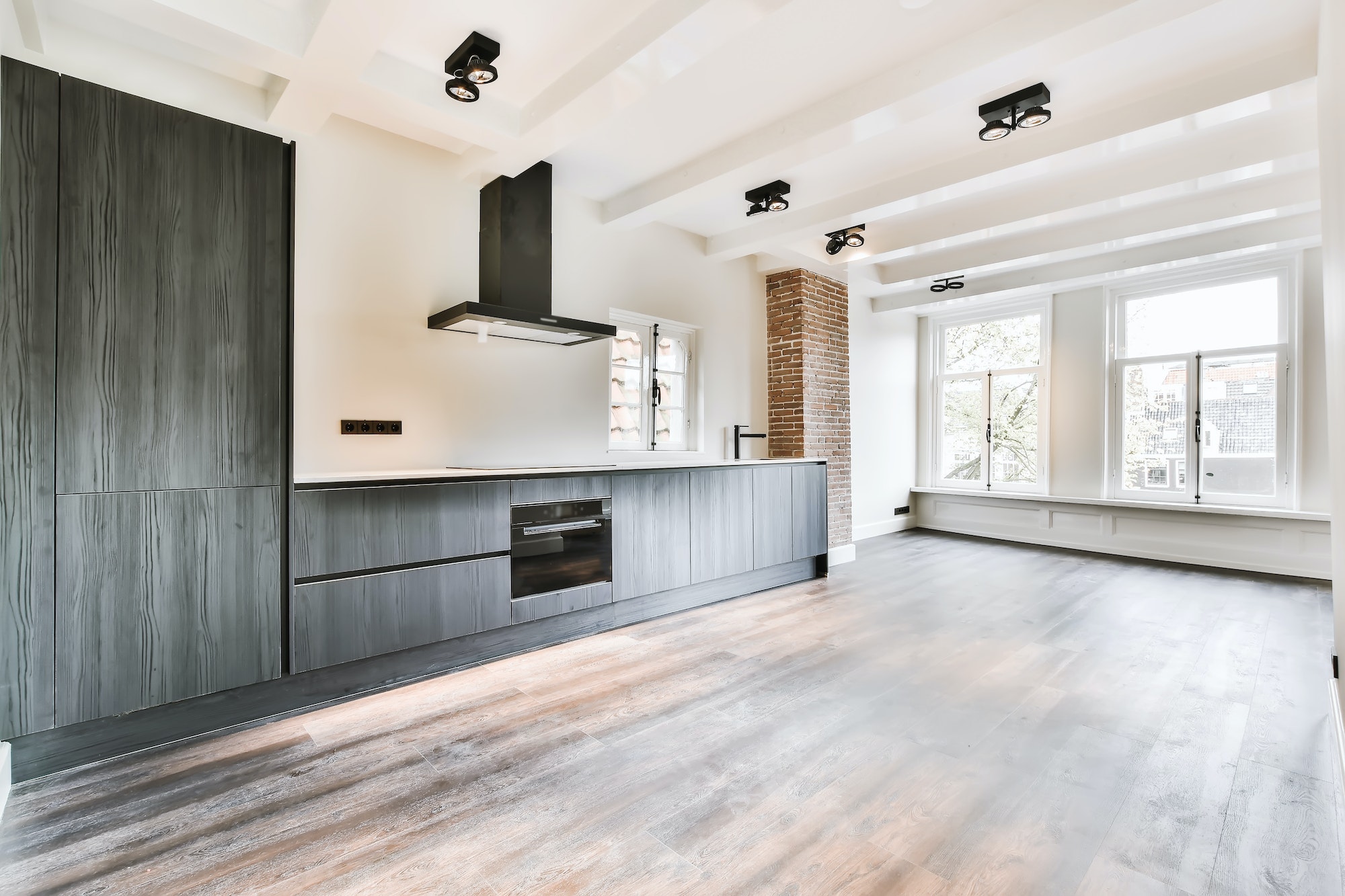When it comes to property ownership in London, understanding the legal frameworks surrounding modifications is essential. One crucial concept is the “License to Alter.” This legal document permits property owners, particularly leaseholders, to carry out alterations to their properties, ensuring compliance with regulations and consideration for other parties involved.
What is a License to Alter?
A License to Alter is a formal agreement granted by a landlord or freeholder, specifically designed to allow leaseholders to make specified changes to their properties. This vital document can encompass a wide range of modifications, from minor adjustments like updating fixtures to major renovations, including structural changes or even extensions. Obtaining this license is essential for leaseholders to ensure that their planned alterations are legally recognized and protected.
This important legal document grants you the right to modify your property in a way that aligns with your vision while respecting the building’s integrity. Imagine transforming your living space into a more functional and inviting environment that reflects your unique style. With the right license, you can ensure that your changes are both innovative and sustainable, creating a welcoming atmosphere that enhances your quality of life. Consulting with the finest architects London has to offer will guide you through the intricacies of obtaining this license.
When is a License to Alter Required?
In London, a License to Alter is typically necessary when leaseholders plan to make significant changes to their properties. This includes structural modifications, such as removing or adding walls, which can affect the overall integrity of the building. Additionally, alterations to the property’s exterior, like changes to windows or doors, usually require a license to ensure compliance with aesthetic standards and building regulations. Interior renovations, such as reconfiguring layouts or upgrading plumbing and electrical systems, are also subject to this requirement.
Understanding when a License to Alter is needed is crucial for anyone looking to make substantial modifications to their home. For instance, structural changes demand careful consideration, as they can impact not only your space but also your neighbors and the building’s overall character. By proactively seeking this license, you are taking a thoughtful step toward ensuring that your renovations are both practical and compliant with regulations. This will ultimately lead to a more dynamic and resilient living space.
The Application Process
To obtain a License to Alter, leaseholders must follow a structured application process. First, it’s essential to consult with the landlord or freeholder, as this initial discussion can clarify specific requirements. Next, prepare a comprehensive proposal detailing the planned alterations, including architectural drawings and descriptions of the intended work. The submission of this application is crucial, as it allows the landlord to review the proposed changes thoroughly. If approved, the landlord issues a License to Alter, outlining the conditions under which the work can proceed.
Navigating the application process for a License to Alter can feel daunting, but it’s a critical step toward realizing your property’s potential. Begin by engaging in an open dialogue with your landlord, which will set the tone for your project. Crafting a detailed proposal showcases your vision and demonstrates your commitment to a respectful process. Once you have approval, you will receive a License that clearly defines the scope of your work, ensuring that your project can proceed smoothly and efficiently.
Importance of a License to Alter
Securing a License to Alter is vital for several reasons. First, it provides legal protection for both the leaseholder and the landlord, ensuring that all parties understand the scope and implications of the alterations. Furthermore, it helps prevent disputes with landlords or neighbor’s regarding unauthorized changes to the property. Compliance with local building regulations and safety standards is another crucial aspect of having a License to Alter, protecting the integrity of the property and its occupants.
For More Information on this topic visit our Google Business Profile
https://g.page/r/CaLbpKnEl7oREBM/review
Discover more from Futurist Architecture
Subscribe to get the latest posts sent to your email.



